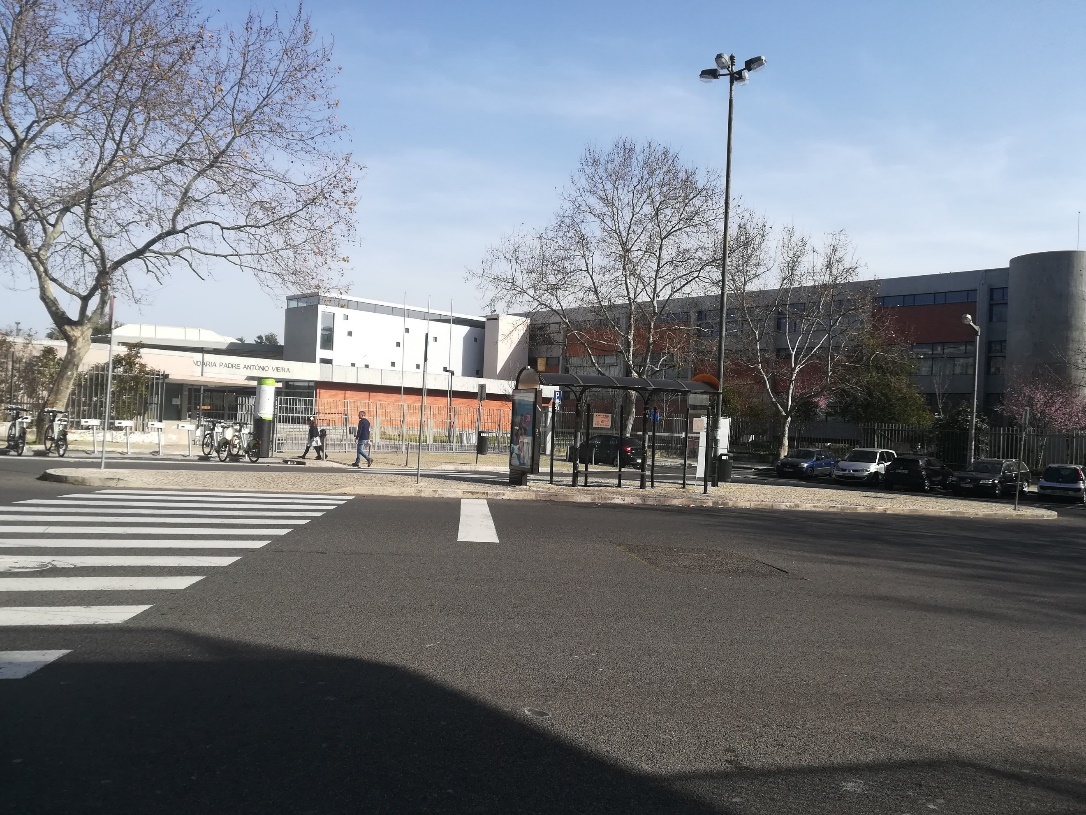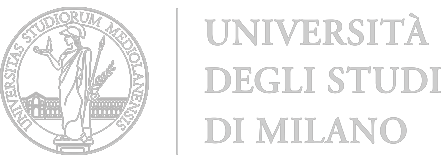Authors: Joana Batista, Inês Almeida, Carlos Smaniotto Costa, Marluci Menezes
C3Places Lisbon reflected on teenagers use and needs on public open space. Space observations evidenced the strong role of public spaces in Alvalade but, in broad terms, revealed that teenager’s usage turned out much lower than supposed. This was confirmed also by the difficulty identifying public spaces in the neighbourhood in the living labs. In the school surroundings, teenagers’ use of public space is directly related with school activities and schedules. Students using the space, mostly are in groups, talking, hanging out or smoking. Due to a lack of sitting equipment in the area, the students use the bus stop shelter (where there is the only bench available), or sit in different places with other functions (at a bikes station, café tables, on the floor, on walls and access ramps, or on the steps of the building entrances), what can cause conflict among teenagers and with other users. However, it seems clear that the majority of students also only cross this space (figure 1).

Experts from the parish council see teenagers as a difficult group to work for/with since they mostly assume that teenagers’ behaviour in public spaces is inadequate and damaging to the space and its equipment. Nevertheless, they are aware that adolescence is a period of transition and acknowledge that there is a lack of public spaces that meet teenagers’ needs. Experts expect that the creation of flexible and multipurpose places, suiting different users, can diminish potential conflicts. Regarding the involvement of teenagers, a collaboration with schools is perceived as beneficial to engage teenagers in public discussions, from where they are currently absent from.
The teenagers engaged in co-creation, had a weak urban literacy, what made it difficult at times to reflect on their use of public space. Their favourite places also seem to be private and indoor spaces, such as shopping malls, where they hang out and meet peers. However, the labs boost discussion on public space and main conclusion seems to point to a lack of public spaces meeting teenagers’ needs, in Alvaalde neighbourhood. Teenagers’ want quality public spaces, diverse and well equipped, easily accessible (by private and public transportation) and where they can meet and hang out with friends, sit in groups and feel welcome. In the second phase of living labs two groups propose ideas for transformation of a public space in front of the school, used by students. The first group proposes a public meeting place for social gathering, with benches and tables with trees casting shadows, and changes in the street structure to increase pedestrian safety (more crossing, street narrowing). The second group proposed a new street design with less parking slots to create shared spaces and therefore increase road safety. The group suggested a green space with kiosk, trees, circular wooden benches and enhanced with a wi-fi hotspot and water dispenser.
